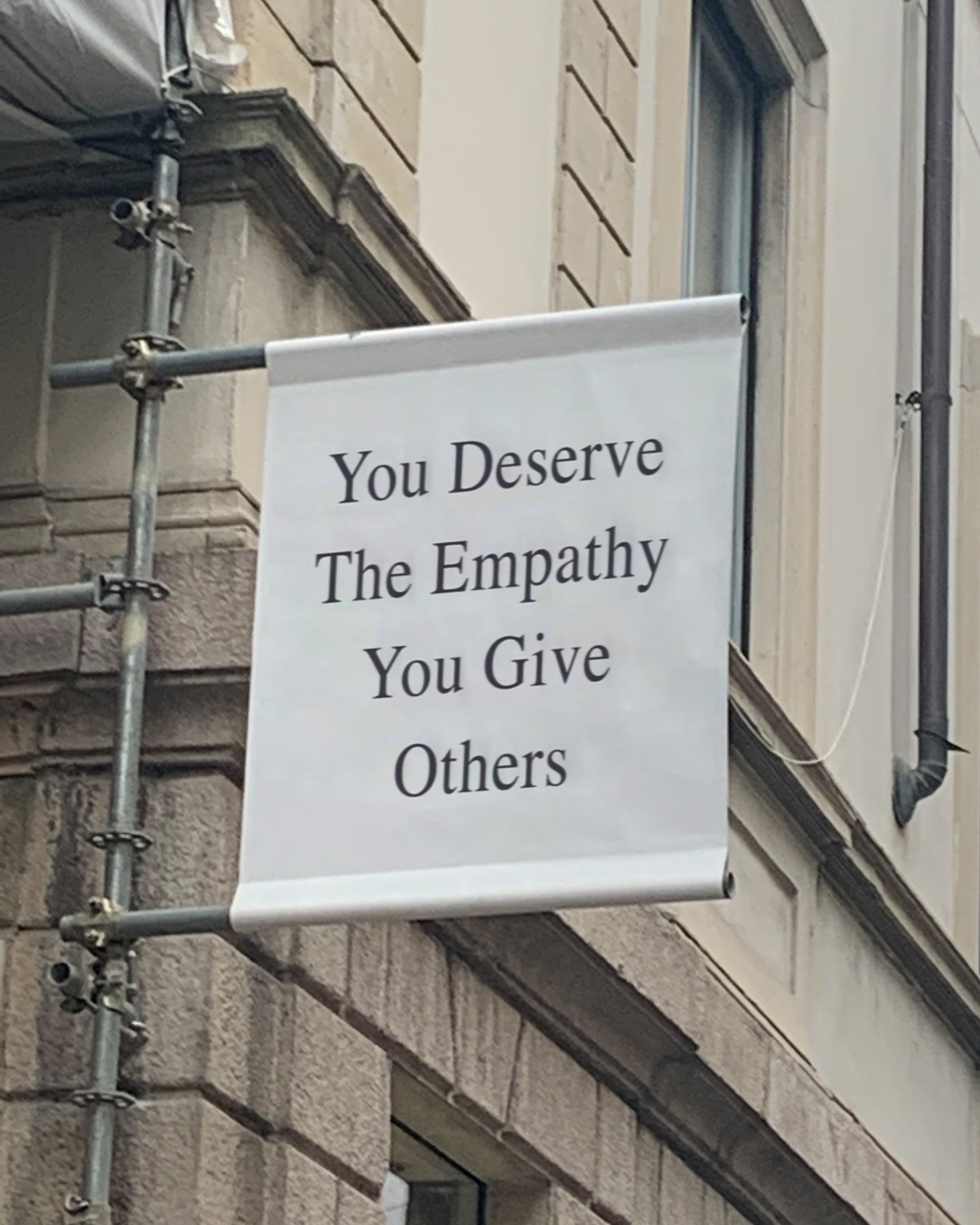How to Build a Gratitude Practice
What is Gratitude?
Humans naturally experience something called a negativity bias. Our brains create a larger emotional response to negative stimuli than to positive stimuli. Have you ever noticed yourself paying more attention to the negatives or stressors than the positives? We’re also wired to scan our environments and experiences for problems. There is a region of our brain called the default mode network, which has a role in our inclination to seek out problems as well.
“The default mode network includes structures located right down the midline of the brain, from front to back. Those parts become highly active when nothing in particular is capturing our attention, so the mind wanders. The default mode network does three basic things: it (1) creates a sense of self, (2) it projects that self into the past or the future, and (3) looks for problems” (Neff & Germer, 2018, p. 45).
Our brains are intended to keep us alive and over the course of our evolution, what we view as a ‘problem’ has evolved with it. Many of us may benefit from a sort of cross-training, strengthening the areas of our brain that are active when we are present and mindful. Gratitude is a tool that can be used to ground and re-center our minds to focus on something other than the never-ending list of ‘problems’.
Gratitude is an emotion centered on feeling appreciation, we can feel gratitude internally as well as externally. When we focus on cultivating gratitude, we are intentionally fostering positive emotions. This can provide us with a helpful, and at times needed, perspective shift.
When we spend time focusing on what we have that we are grateful for, it gives us an opportunity to reflect on positive relationships and experiences, explore things we may normally take for granted, as well as influence our mood.
Gratitude + the Holidays
Beginning with Thanksgiving, the holidays are a time of the year when we are encouraged to notice what we are thankful for. We often spend time with friends and family, people who we may feel close and connected to. Practicing gratitude around the holidays can be helpful in allowing us to savor our experiences as well as the people who support us. Research shows that gratitude can result in a number of benefits for us. Research has found that gratitude is linked to improvement in mood, positive relationships, adaptive personality traits, as well as improvements in sleep and stress (Wood, et. al, 2010).
Ways of practicing gratitude
Create a gratitude journal and set an intention around how often to write. Perhaps daily or weekly, exploring things that you are grateful for in your life.
Write and deliver gratitude letters to people in your life that have impacted your life for the better. If you’re able to, read the letter to them in person and enjoy the experience of a meaningful connection.
Reflect on what has changed in your life since the last holiday season, explore any growth that has occurred, and spend time noticing the improvements.
Engage in gratitude meditations!
Create a gratitude ritual. For example, once a day as you stand before a mirror, name five things that you are grateful for about yourself. You may find that practicing gratitude for yourself is tricky when you’re just starting out. This practice can be a helpful way to improve your relationship with yourself.
If you’re missing family, friends, or loved ones over the holidays, spend some time thinking about a warm memory with them. Notice how pulling up a good memory makes you feel.
A mini meditation focusing on the appreciation of nature.
References:
Wood, A. M., et al., Gratitude and well-being: A review and theoretical integration, Clinical Psychology Review (2010), doi:10.1016/j.cpr.2010.03.005
Neff, K., & Germer, C. K. (2018). The Mindful Self-Compassion Workbook. The Guilford Press.
Pin This Post!
Related Posts
If this post was helpful, you might also like these…









